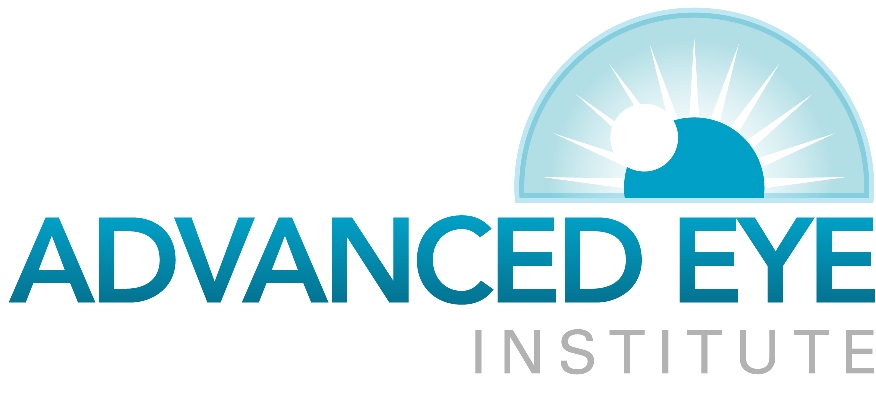Dry Eye (Ocular Surface Disease)
The tear film is actually the first layer light hits as It begins to be focused into the eye and it is very important in maintaining clear vision. The tear film of the eye is very complex and actually has 3 layers. The first layer is an oil layer produced by glands in the eyelid which helps the tears not to evaporate too quickly off of the surface of the eye. The second layer is an aqueous or watery layer which helps in hydrating the surface and focusing light. The third layer closest to the eye is the mucous layer which helps the tear film to stick to the eye instead of rolling off of the surface. Disruption in any of these tear layers can lead to symptoms associated with dry eye or ocular surface disease. Normally, the eye constantly bathes itself in tears. By producing tears at a slow and steady rate, the eye stays lubricated and comfortable. Sometimes people do not produce enough tears or the appropriate quality of tears to keep their eyes healthy and the condition of “dry eye” can occur. The eye uses two different methods to produce tears. It can make tears at a slow, steady rate to maintain normal eye lubrication or it can produce large quantities of tears in response to eye irritation or emotion which leads tears spilling over onto the cheek.
The usual symptoms of dry eye include:
- Stinging or burning or the eyes
- Scratchiness
- Stringy mucus in or around the eyes
- Excessive eye irritation from smoke or wind
- Excessive tearing
- Discomfort when wearing contact lenses
- Fluctuating vision (especially after eye surgery)
Excess tearing from dry eye, is the way that the eye responds to this discomfort. If the tears responsible for lubrication do not keep the eye wet enough, the eye then becomes irritated. Eye Irritation prompts the gland that makes tears, called the lacrimal gland, to a large volume of tears which overwhelms the tear drainage system. The excess tears the overflow from your eye and cause watering or “crying”.
Tear production normally decreases as we age. Although dry eye can occur in both men and women at any age, women are often most affected. This is especially true after menopause or after multiple pregnancies or around any times of hormonal change. There are a wide variety of medications, both prescription and over the counter that can exacerbate dry eye by reducing tear secretion. Be sure to inform your Ophthalmologist of all of the medications that you are currently taking.
Dry eye is treated by artificial tears, and in severe cases, prescription anti-inflammatory agents. These help to lubricate the eye and help maintain a healthier ocular surface. Artificial tears are available over the counter and there are multiple different brands on the market. Artificial tears may be used as often as necessary, and you may ask your ophthalmologist which is the most appropriate though many have similar ingredients and moisturizers.
Experience You Can See
Thibodaux : 985-446-0506 | Houma : 985-879-2393
